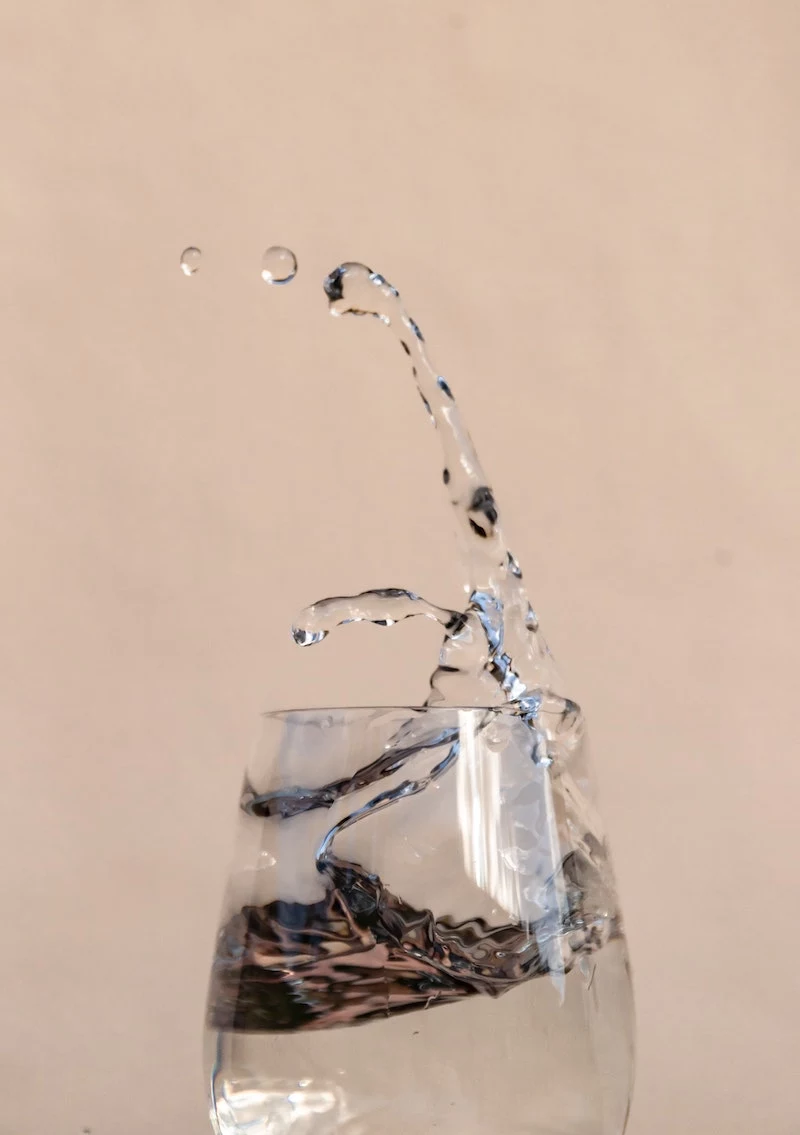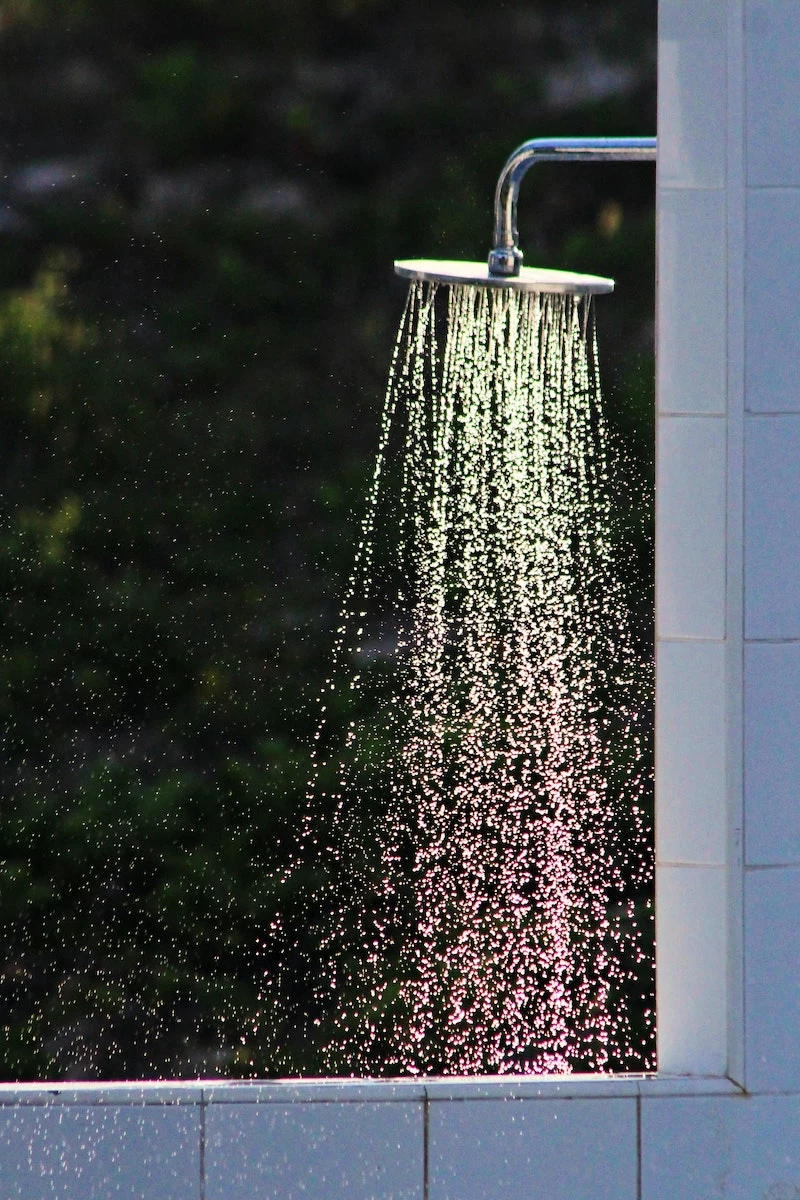Your Plumber’s Unfiltered Guide to Choosing the Right Water Filter
After years of working on everything from city apartments to rural homes with well water, I can tell you one thing for sure: people have a lot of questions about water filters. The first one is almost always, “Which filter gets rid of the most stuff?” It’s a fair question, but honestly, it’s not the best one to start with. A much better question is, “Which filter solves my specific water problem?”
In this article
Think about it. The most powerful, fancy filter on the market is totally useless if it doesn’t target what’s actually in your water. You wouldn’t use a flamethrower to kill a single mosquito, right? Same logic. You don’t need a bacteria-zapping UV light if your main issue is that hard water scale is wrecking your coffee maker.
So, the absolute most important first step is finding out what’s in your water. Without that, you’re just throwing money at a problem you haven’t even identified. Let’s skip the marketing fluff and get straight to what actually works.

First Things First: Get to Know Your Water
Before you even think about clicking ‘add to cart,’ you need a water report. Seriously, this isn’t an optional step. It’s the foundation for making a smart choice. How you get this info depends on where your water comes from.
For City or Town Water Drinkers
If you pay a water bill, you’re on a municipal supply. Good news! Your water utility is legally required to give you an annual water quality report, often called a Consumer Confidence Report (CCR). You can usually find this on their website, or just give them a call and ask for it.
Now, these reports can look pretty intimidating. Here’s how to read it in 60 seconds: Open the document and use the search function (Ctrl+F) to look for a few key terms: “Violations,” “Chlorine” (or “Chloramine”), and “TDS” (Total Dissolved Solids). Any listed violations are an immediate red flag. Even if the water is legally “safe,” high chlorine can affect taste and smell, and a high TDS level (honestly, anything over 500 ppm is worth a closer look) might mean you want cleaner water.

For Private Well Owners
If you’ve got a well, you’re the water manager. That means the responsibility for testing and safety is all on you. Don’t rely on those cheap test strips from the hardware store; you need a real analysis from a state-certified laboratory. To find one, just search online for “[Your State] certified water testing lab.” It’s the only way to get a true picture.
A comprehensive test will probably run you between $150 and $300, and it’s the best money you’ll spend. I always tell my clients to test for coliform bacteria (like E. coli), nitrates, pH, hardness, iron, and TDS. If you’re near farms or industrial areas, you should probably add tests for things like pesticides and heavy metals, too. I’ve seen situations where a well was perfectly fine for years until new construction nearby caused nitrate levels to spike. We only caught it because of a routine annual test, and we were able to fix it before it became a health risk.

The Tools of the Trade: Understanding Filter Tech
Once you have your water report, you can play matchmaker between your problems and the solutions. Each type of filter works differently.
Activated Carbon: The Taste and Odor Pro
This is the technology you’ll find in almost everything, from water pitchers to big whole-house tanks. But a heads-up: not all carbon is the same.
It works through a process called adsorption—think of it like a magnet for certain chemicals. It’s fantastic for removing chlorine, some pesticides, and those funky tastes and smells. However, it won’t touch dissolved minerals, salts, or heavy metals. The most effective type is a carbon block filter, which is a solid, compressed block of carbon. It’s far more reliable than the loose granular carbon (GAC) you find in cheaper pitchers, which can allow water to carve channels and sneak past untreated.
Quick tip: A carbon filter needs to be replaced on schedule, usually every 6 to 12 months. An old one can actually become a breeding ground for bacteria. Don’t skip this!

Reverse Osmosis (RO): The Purification Powerhouse
When you want incredibly pure drinking water, RO is the way to go. It uses household pressure to force water through a super-fine membrane, blocking almost everything else—we’re talking heavy metals, fluoride, nitrates, and up to 99% of dissolved solids (TDS).
A good RO system usually sits under your sink and has multiple stages: a sediment pre-filter, a carbon pre-filter to protect the membrane, the RO membrane itself, and a final carbon
Inspirational Gallery
Pitcher Filter (e.g., Brita, PUR): The easiest entry point. No installation, just fill it from the tap. Perfect for renters or if you only need to filter drinking water. The downside? It’s slow, hogs fridge space, and you’ll feel like you’re constantly refilling it.
Faucet-Mount Filter (e.g., Culligan, PUR): Get filtered water instantly, right from your main tap. It offers better flow than a pitcher and is relatively simple to attach. However, they can be bulky and don’t work with all faucet types, especially pull-down sprayers.
The right choice depends on whether you value on-demand convenience over grab-and-go simplicity.
That ‘swimming pool’ smell in your city water isn’t just chlorine. It’s the scent of chlorine reacting with organic matter to form compounds called disinfection byproducts (DBPs).
This is precisely what activated carbon filters are designed to tackle. Think of the carbon’s surface as a massive, porous magnet that traps the molecules causing bad taste and odor. It’s the single most effective and affordable fix for dramatically improving the flavor of municipal tap water.
The number one mistake homeowners make: Forgetting to change the filter cartridge on schedule. A clogged, expired filter doesn’t just stop working; it can become a breeding ground for bacteria and may even release a concentrated burst of the contaminants it previously captured. Set a recurring alarm on your phone the day you install a new one—it’s that important.
- Your morning coffee or tea suddenly tastes richer, not bitter.
- Ice cubes freeze crystal clear instead of cloudy and white in the middle.
- A simple glass of water is noticeably more refreshing and clean-tasting.
The secret isn’t always a complex, expensive system. Often, a quality under-sink activated carbon block filter is all it takes to remove the chlorine and sediment that can dull the taste of everything you make with your water.
For those who want more power than a pitcher but can’t modify their plumbing, a countertop filter is the perfect middle ground.
Look into two main types. Gravity filters, like the iconic stainless steel Berkey, are filled from the top and use gravity to slowly push water through extremely powerful filter elements, making them great for emergencies. Alternatively, diverter filters from brands like Waterdrop connect to your faucet with a small hose, letting you switch between tap and filtered water instantly.
We focus on the water we drink, but the water you shower in matters, too. A dedicated showerhead filter, like those from Jolie or T3, can make a huge difference by removing chlorine. The benefits are tangible: skin feels softer and less dry, and hair is less brittle and holds color longer. It’s a simple upgrade to reduce daily chemical exposure you can actually feel.
Keeping a Reverse Osmosis (RO) system in top shape just requires a schedule. Here’s a typical plumber’s checklist:
- Every 6-12 months: Replace the sediment and carbon pre-filters. They act as bodyguards for the main membrane.
- Every 2-4 years: Replace the RO membrane itself. This is the heart of the system and does the heavy lifting.
- Annually (or as needed): Replace the carbon post-filter, which gives the water a final polish for taste.
That $30 pitcher seems cheap, but with filter replacements every two months at $10 a pop, you’re spending $60 a year, every single year. An under-sink system might cost $150 upfront, but if its annual filter only costs $50, it pays for itself in under three years while providing far superior, on-demand filtration. Always do the long-term math.










